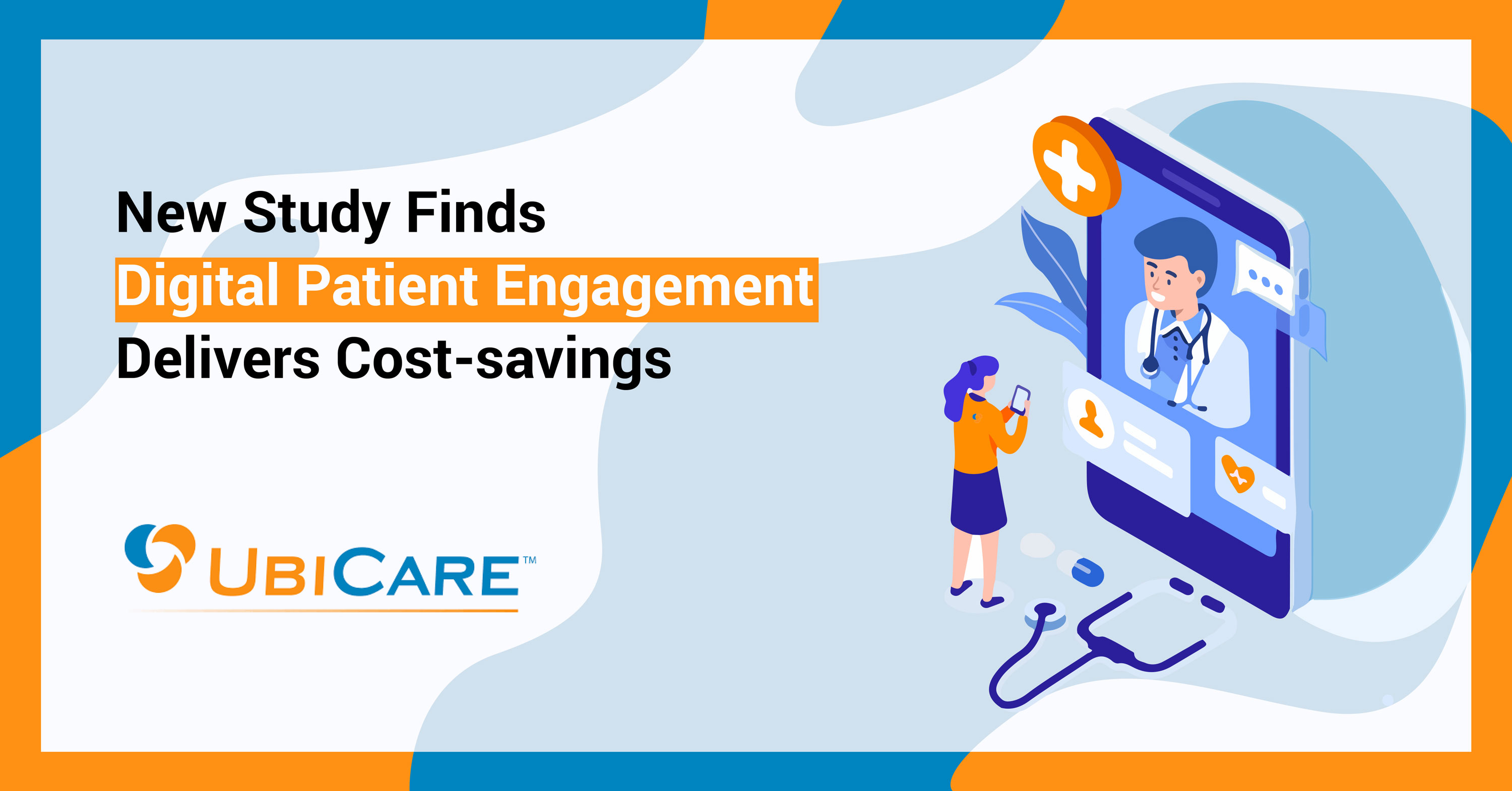Watch out, baby boomers—millennials are on track this year to overtake you as America’s largest generation, according to recent research by the Pew Research Center. These young adults, who will range in age from 23 to 38 in 2019, are positioned to make healthcare decisions for themselves, their own growing families and their aging parents.
Mobile technology is not a value-add to millennials—it’s a baseline expectation
Topics: Patient Engagement
New Study finds digital patient engagement delivers cost-savings in reduced LOS and identifying at-risk patients
Boston, MA – Cutting-edge findings from a new study prove that early, mobile patient engagement from diagnosis through post-care generates significant cost-savings and better patient outcomes.
Topics: Healthcare Technology
Rural Health Day and the Need for More Care Options
More than 60 million Americans live in rural communities, where small hospitals strain to stay open amid increasing healthcare demands and dwindling revenue. Today, Nov. 15, 2018, is for them, and for the dedicated healthcare providers among them.
It’s National Rural Health Day, the third Thursday in November designated by the National Organization of State Offices of Rural Health to celebrate rural healthcare providers and call attention to the unique health needs of rural populations. More than 80 small community hospitals have closed since 2010; hundreds of others struggle to survive.
Telehealth services, now offered by several healthcare systems nationwide, have become a lifeline for rural patients who can’t always travel the distances required to reach urban hospitals for care. Physicians and other healthcare providers electronically communicate “face to face” with these patients to help them manage everything from influenza to chronic conditions such as diabetes or congestive heart failure.
But as demand for long-distance healthcare grows, telehealth isn’t the only solution (nor the best one) available to healthcare providers.
Topics: Population Health, Improving Patient Outcomes, Patient Experience, Innovation
Balancing Patient Safety and Satisfaction When Lowering C-Section Rates
A recent study offers yet another push for hospitals to lower elective C-section rates. Research published in the Journal of Allergy and Clinical Immunology, has found a link between C-sections and an increased risk of food allergies.
C-sections are performed in nearly a third of U.S. births, and half of these surgeries are considered avoidable. Thus, the pressure to lower the rates of this procedure – and it's accompanying risks, which range from infection to excessive blood loss and even maternal death – is mounting from all sides. The Joint Commission, the Centers for Medicare and Medicaid Services (CMS), the National Quality Forum and independent hospital rating firms (such as Leapfrog, which reports on them by hospital) all care about C-section rates. Even media organizations such as Parents.com are weighing in.
All of this puts hospitals in the delicate situation of discouraging elective C-sections, while keeping those patients who request the procedure – without fully understanding the risks – satisfied with their care. Yes, hospitals want to keep their expectant patients happy, but their biggest priority here is maternal and child safety.
So what can hospitals do to help lower C-section rates?
Topics: Improving Patient Outcomes, Patient Engagement, Patient Experience, Healthcare Technology, healthcare marketing, patient activation










